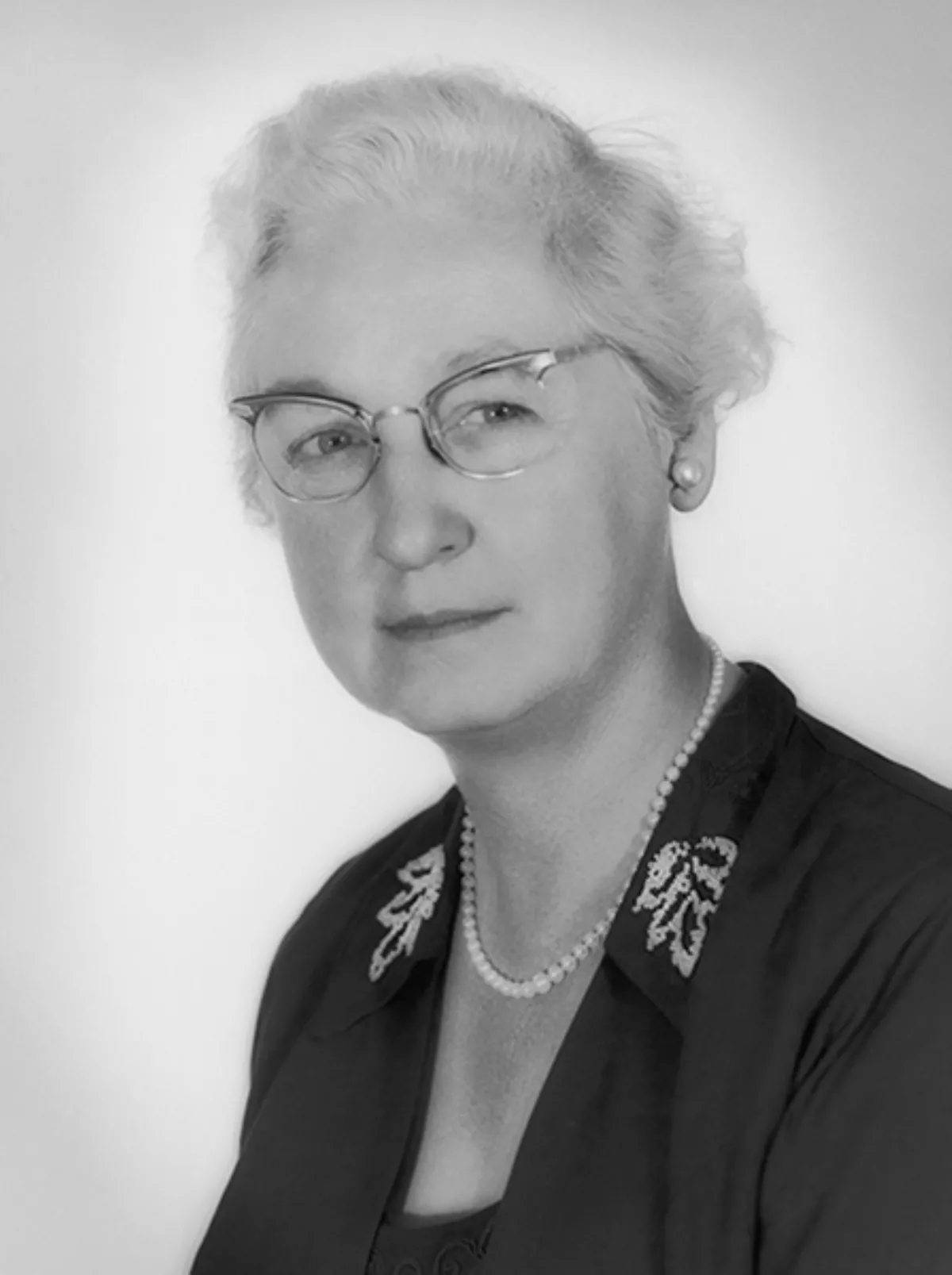 1.
1. Virginia Apgar was an American physician, obstetrical anesthesiologist and medical researcher, best known as the inventor of the Apgar score, a way to quickly assess the health of a newborn child immediately after birth in order to combat infant mortality.